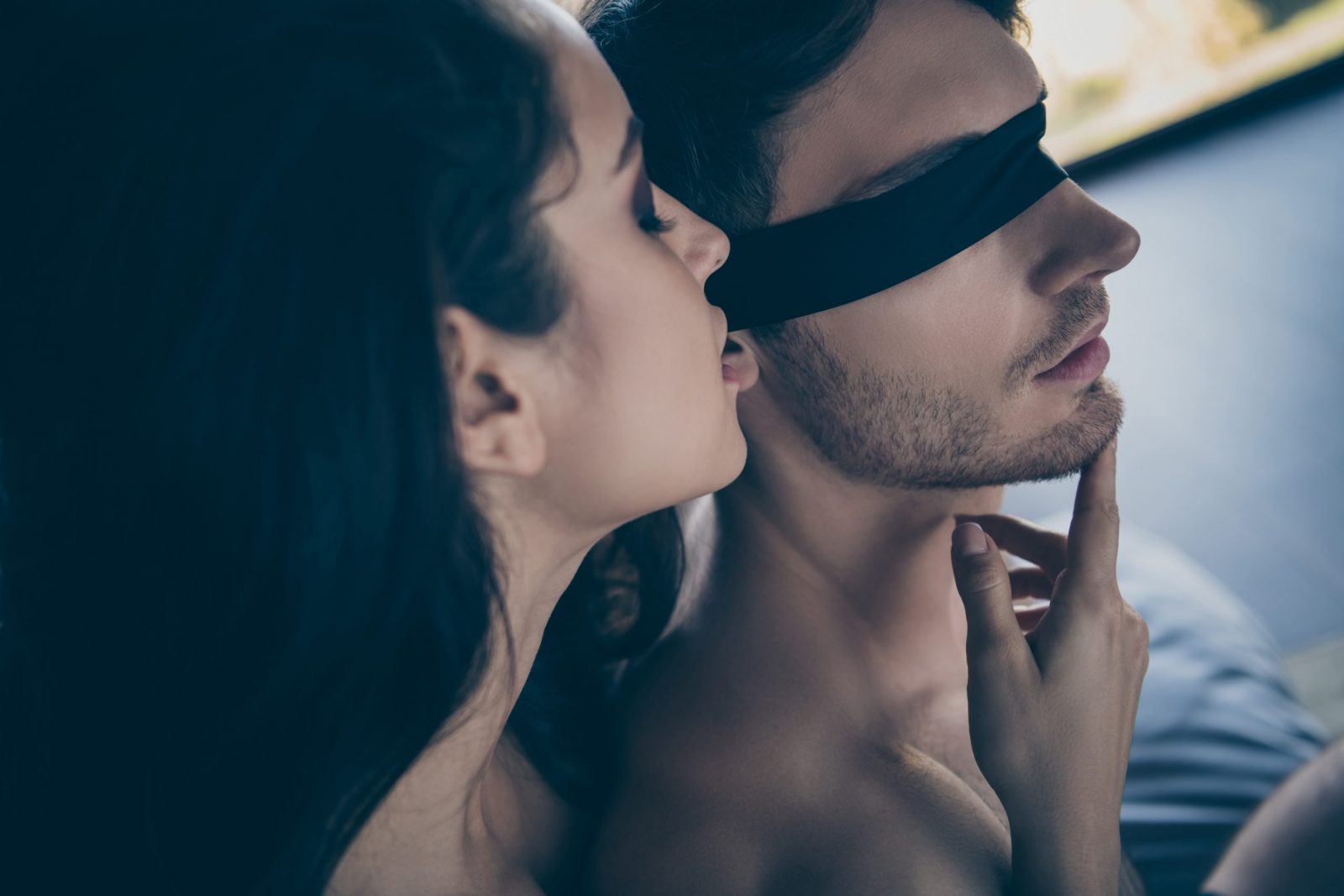About ASMR
Have you ever come across a YouTube video of somebody whispering very quietly into the camera? Sometimes they do nothing else, except for very mundane tasks, like stirring a glass of water. Other times, they put on a role and speak into the camera as if you, the viewer, is in the room with them.
I know, it can seem a little weird when you see it for the first time. But what you’re witnessing is a proven hypnosis technique and popular online phenomenon known as ASMR.
ASMR has surged in popularity over the past few years. Many find the technique unexpectedly fascinating, relaxing and even arousing. More than just a fad, ASMR has several proven benefits, as well as practical applications in hypnosis that can aid your journey to trance.
But let’s back up a minute. If you’ve been wondering “what is ASMR,” here’s what you need to know and how it works.
Okay, so what is ASMR?
ASMR is short for autonomous sensory meridian response. It’s a physical response, often felt as a tingling sensation, that is typically triggered by cues such as whispering, massaging the scalp or audible sounds, such as paper being slowly torn.
More officially speaking, WebMD
defines ASMR as a “tingling sensation in your head and neck after triggers like repetitive movements or whispering. Most people describe the tingling as very relaxing, even pleasurable.”
What the sensation feels like
Unlike the sensation of “chills” (like you might feel all over your body when someone scratches their nails on a chalkboard), ASMR is a more targeted, sensual feeling. The tingling is typically felt in your head and neck, sometimes traveling to your arms and legs with a pulsating sensation.
The unique tingling sensation is why some people even refer to ASMR as a “brain orgasm.”
Examples of ASMR triggers
Quiet whispering is one of the most common examples of ASMR triggers. But actually there are numerous types of triggers that can elicit the same pleasure sensation.
Often, ASMR is triggered by quiet, repetitive sounds and movements. Similar to hypnosis triggers, everyone’s triggers are different.
Here are some other common examples:
- Light whispering, either in conversation or as part of a role-playing exercise.
- Crisp sounds, like paper tearing, dry leaves being crunched or dry corn flakes being stirred and crushed.
- Light tapping sounds, as from rain hitting a roof or tapping on an empty glass bottle.
- Repetitive movements such as hair brushing or flipping pages in a book.
ASMR is not just limited to sound, either. It can be triggered by smells, textures, sights and physical touch.
Hypnosis benefits & beyond
ASMR has
increased in popularity over the past few years, particularly on YouTube, where there are now more than 13 million ASMR-related videos. The practice has become so mainstream that it was showcased in the
2019 Super Bowl ad for Michelob ULTRA starring Zoe Kravitz.
People use ASMR for a variety of reasons. Beyond just the satisfying sensation it provides, ASMR can deliver several benefits:
- Helps in hypnosis sessions, easing people into trance or helping them discover sensations and desires they didn’t know they had
- Helps you to feel calm, relaxed and carefree
- Can promote better sleep
- Can be used to treat anxiety, stress and depression
Try it for yourself
Ready for a taste for ASMR?
Browse my collection of ASMR tracks and discover your own pleasure triggers!
For More Information:
I have additional blogs on this topic. Please read:
Facts About Hypnosis
Tips On Writing Goals – which covers some great information about how the subconscious mind works
Join my
Newsletter for periodic announcements and coupons.
Follow me on
Twitter for daily activity and posts.

